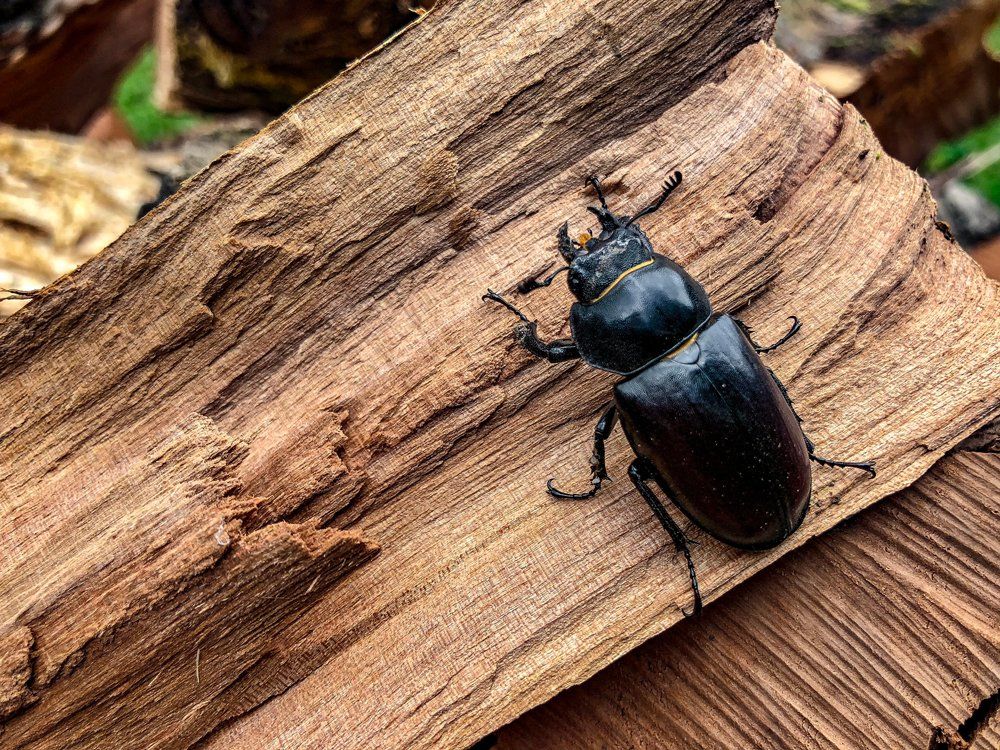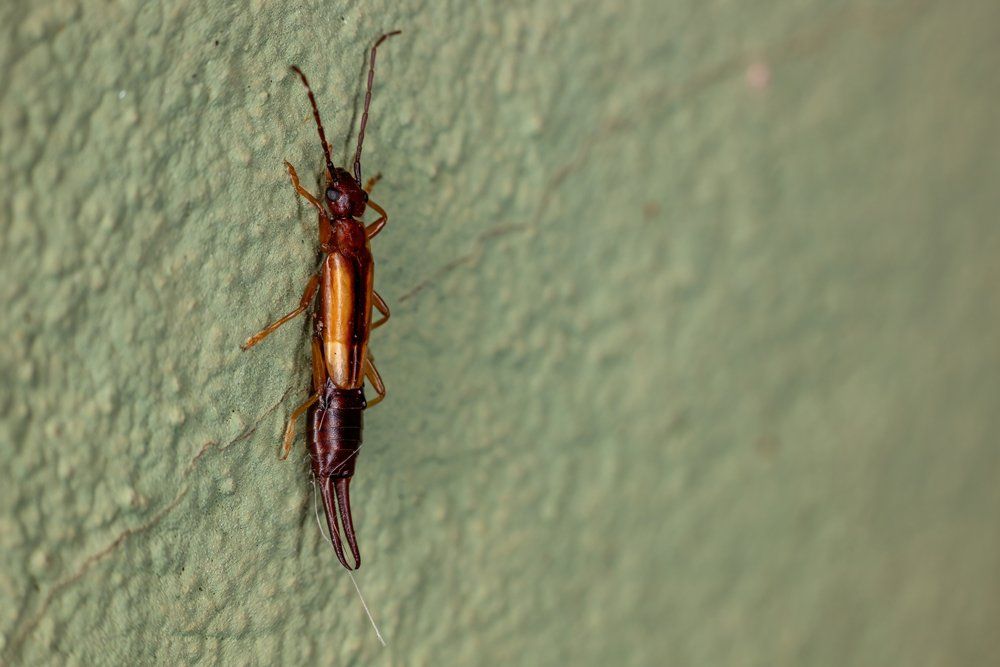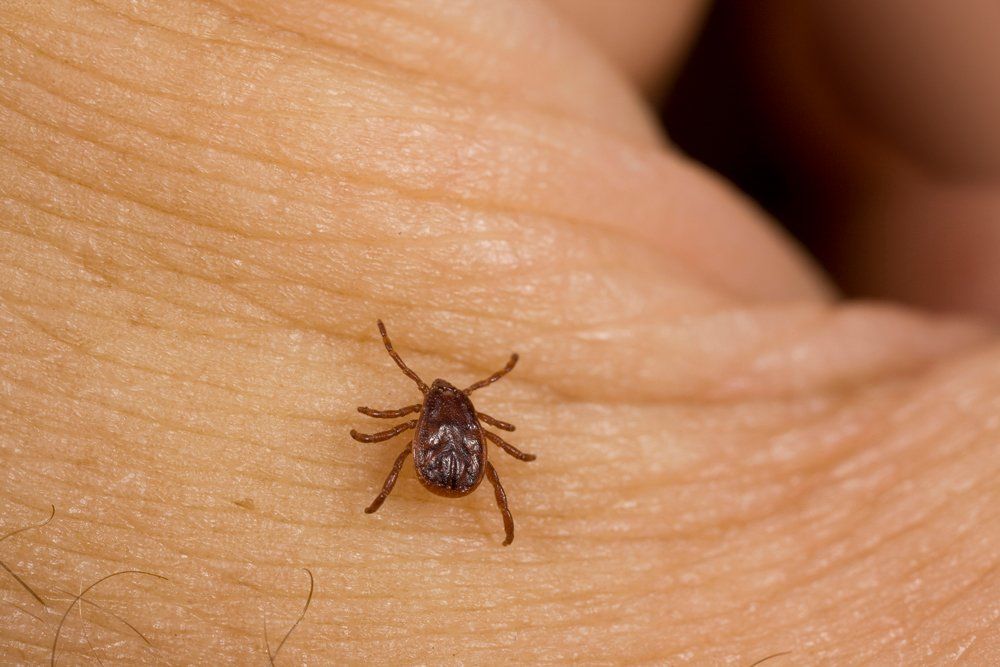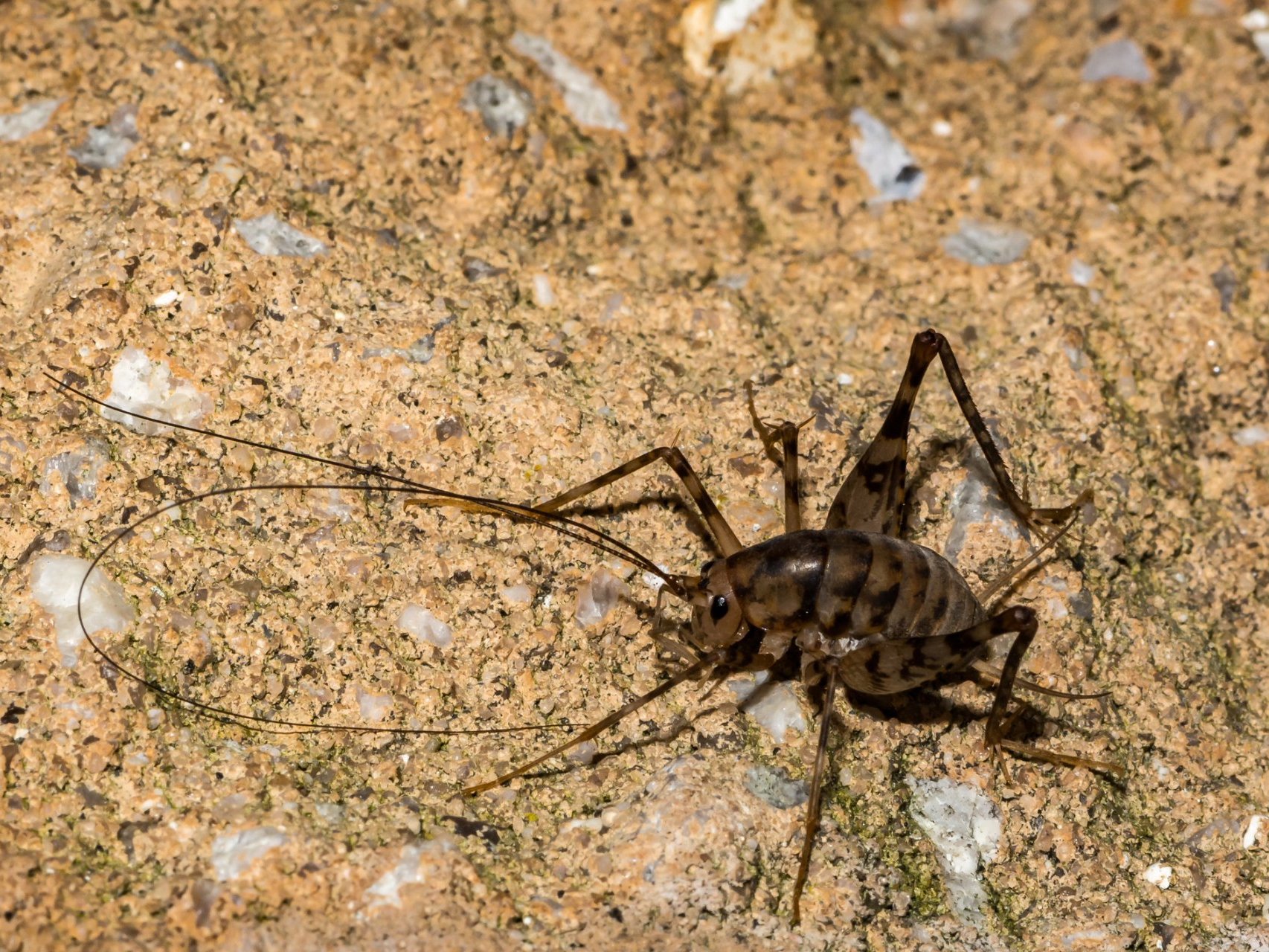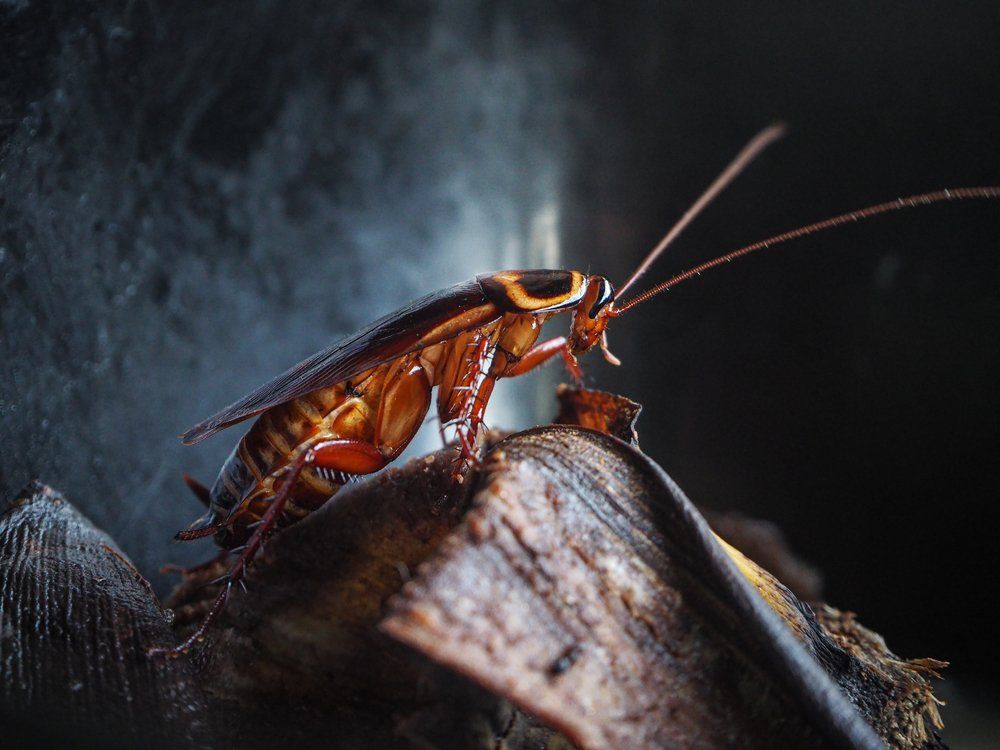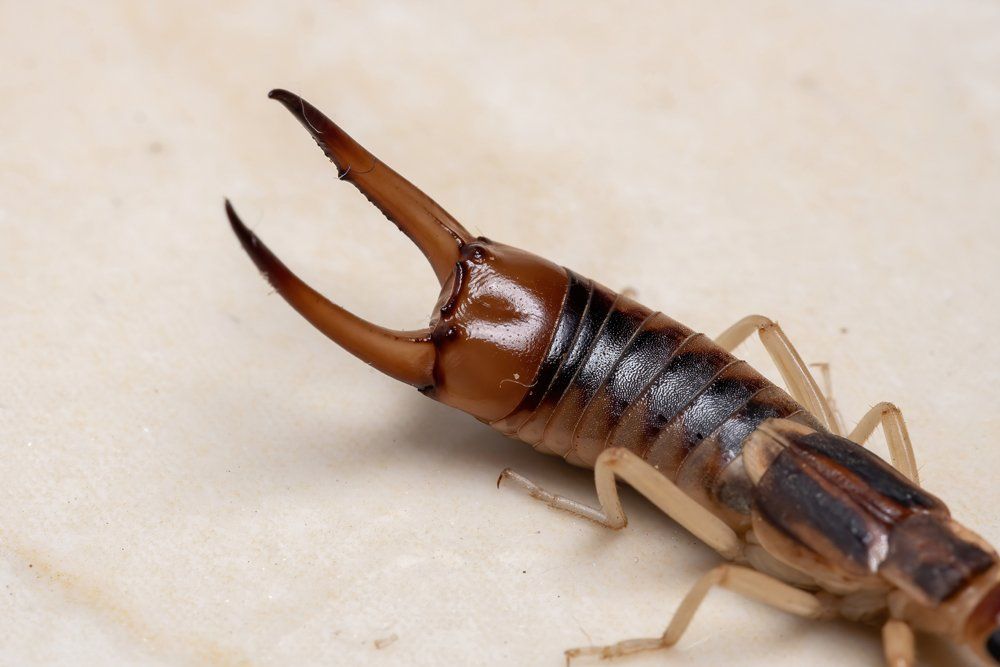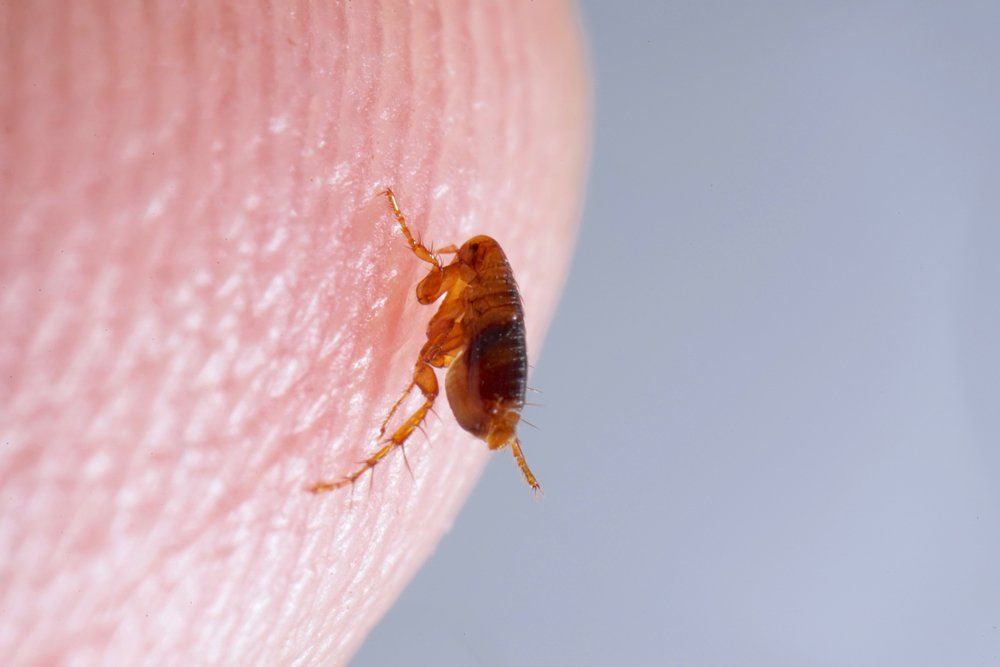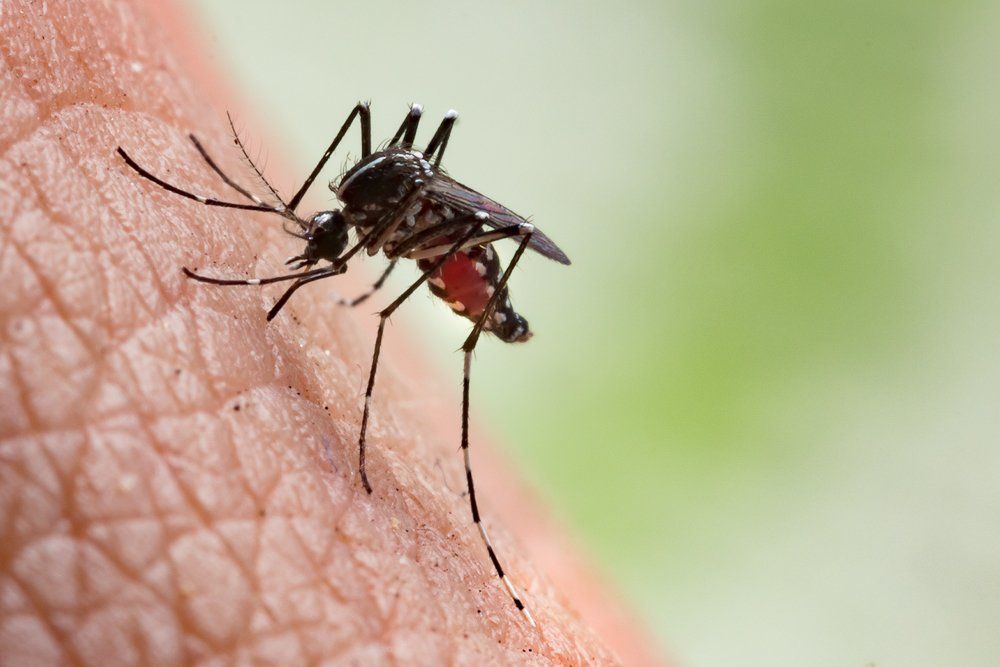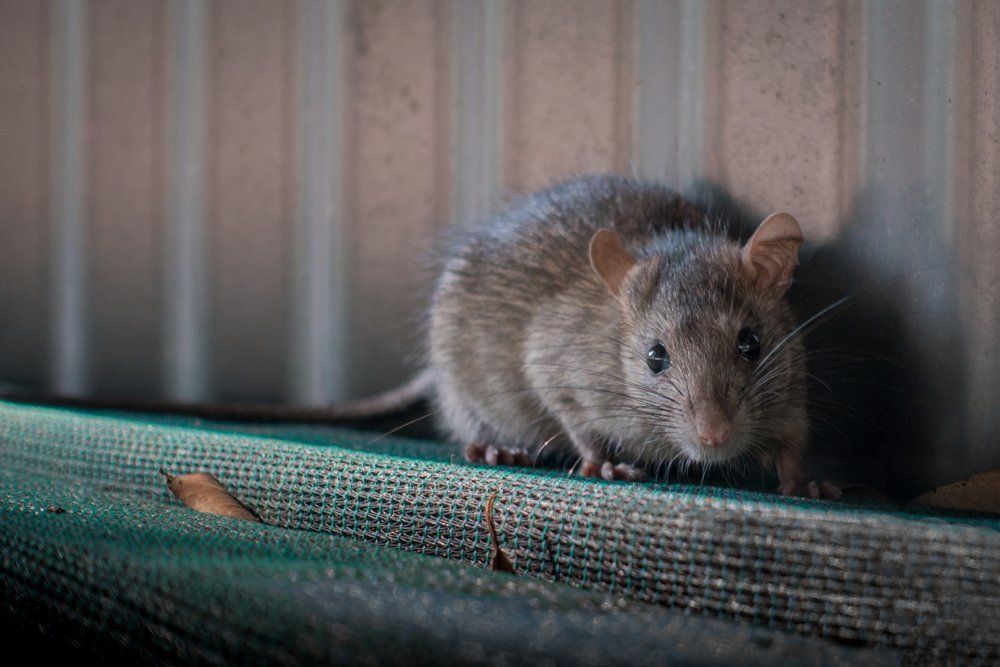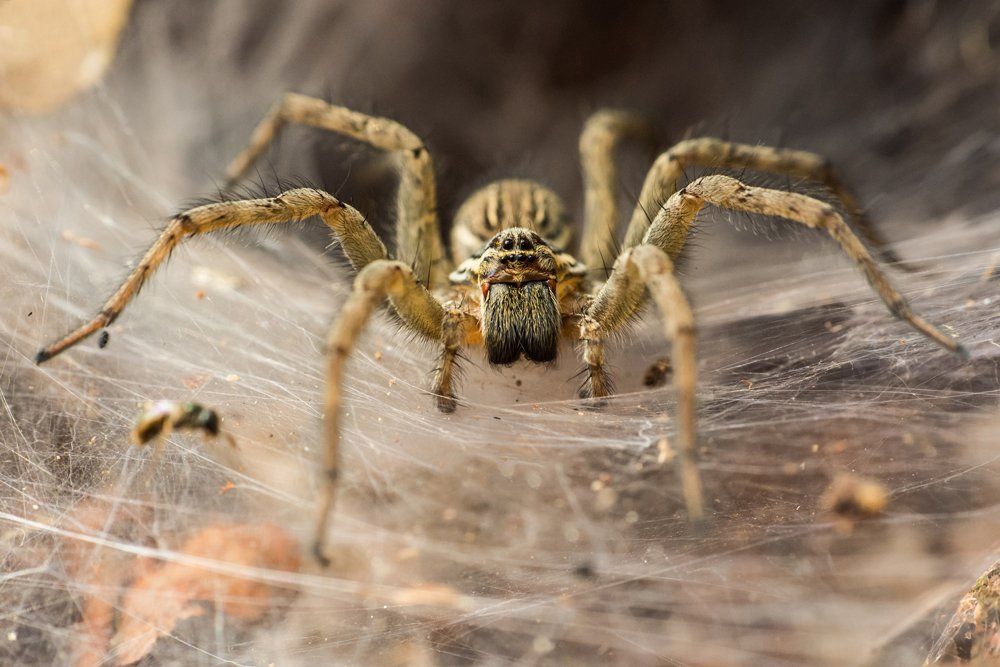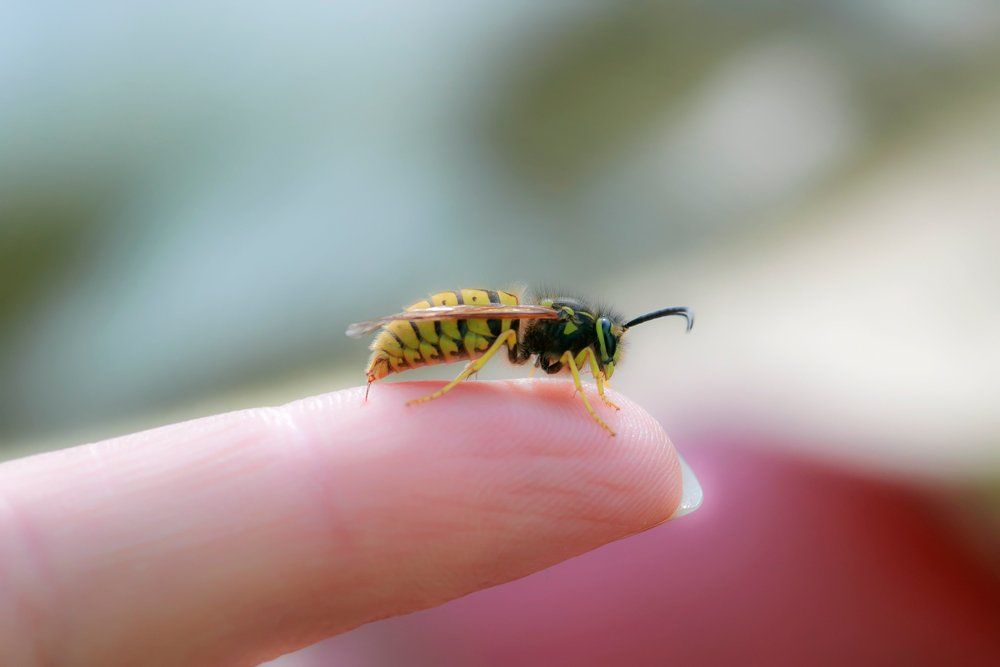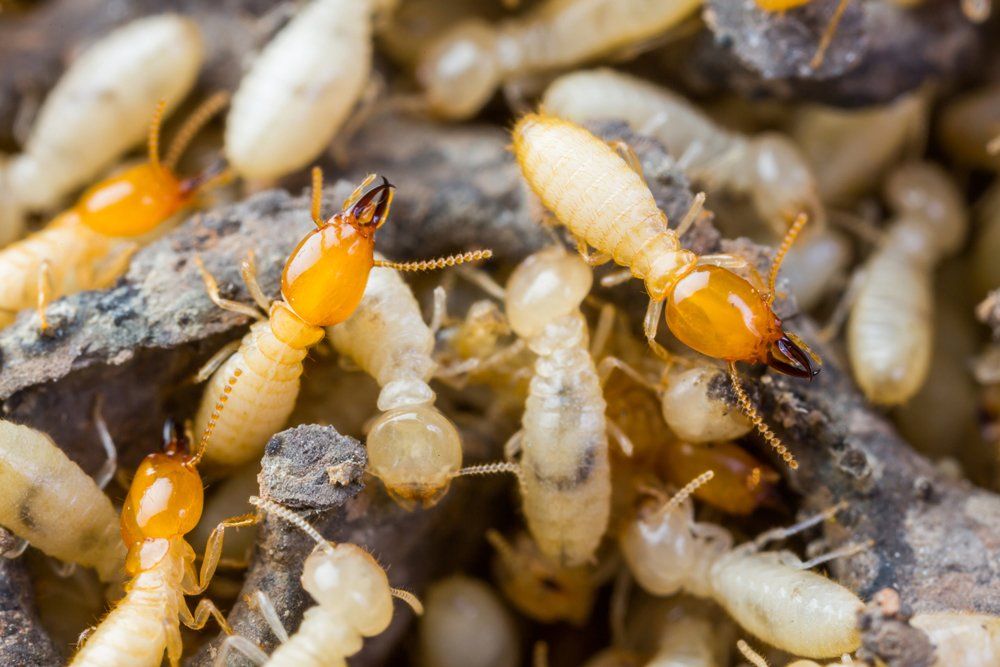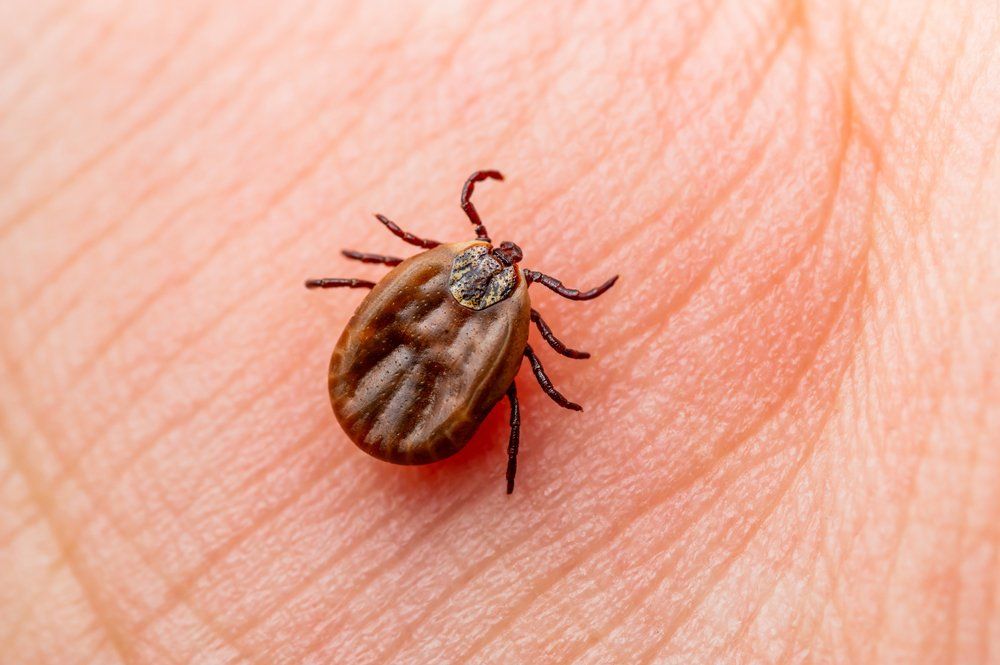Pest Control Treatments
Regal Pest Management – Pest Control Professionals
Regal can help you control Beetles in Westchester, New York. With the use of careful chemical application, treatment preparations, and preventative methods. Call Regal for help with pest control in New York at 914-674-1102 or use our email form and contact us today.
Beetles make up the largest category of insects in the world, accounting for approximately 25% of all life forms on earth. In fact, there are more than 5 million different species of beetles.
Beetles are easily identified by their hard outer shell, which covers their wings. Their wings are exposed only during flight. A beetle’s body consists of three sections: a head, a thorax, and an abdomen.
Several types of beetles feed on wood. This can cause a lot of damage to wood structures primarily because while the wood is being eaten, the beetles remain unseen. This is true of Powder Post Beetles, Old House Borer Beetles, Bark Beetles, Citrus Long-Horned Beetles, Asian beetles, and other species. Powder Post Beetles, amongst others, grow from eggs that are laid in the wood. Another species of beetle, the Citrus Long-Horned Beetle, was introduced into the United States as recently as 1999, and is currently without any natural enemies. Although not known as yet, the damage they will create is expected to be extensive.
Adult beetles do not eat wood, only the beetle larvae do. When you see holes in either structural wood or in furniture, it is because the larvae have already left and you are seeing the exit holes. This could be an indication of a nearby infestation. Generally, beetles are attracted to the same type of wood from which they were born.
Other beetle species feed on garden plants, such as the Colorado Potato Beetle, the Boll Weevil, the Rose Chafer, the Western Corn Rootworm, and many more. Each of these beetles can cause millions of dollars in damage to crops of many different kinds. The presence of just a few beetles usually indicates that more exist, so it is best to contact a qualified Pest Control agency.
Some beetles, such as the common Ladybug, are actually advantageous to have around. They are known to keep down the population of other insects, so you should not attempt to destroy them or any other beneficial beetle species.
Treating for beetles requires proper knowledge of the type of beetle species you are trying to eliminate. Wood eating beetles, for instance, cannot be effectively treated using sprays because they are located deep within wood. If you think you may have a beetle infestation, your local pest professionals will have the knowledge, resources and solution to the problem.
Regal Pest Management – Pest Control Professionals
We offer quality pest management services provided by certified, trained applicators that are true professionals in our industry. Our business may be pest control, but our goal is customer satisfaction.
Regal can help you control earwigs in Westchester, New York. With the use of careful chemical application, treatment preparations, and preventative methods we can reduce infestation and normally eliminate them completely. Call Regal for help with pest control at 914-674-1102 or use our email form and contact us today.
General Facts
Earwigs normally live outdoors and don’t establish themselves inside homes or buildings. They tend move rapidly around baseboards walls and ceilings. When danger is detected they will normally defend themselves by free-falling to the ground and scrambling to a nearby crevice. If they do enter the home, they tend to feed on sweet, oily or greasy foods or houseplants.
These insects are generally nocturnal, and typically hide in small, dark, moist areas in the daytime. They will inhabit small crevices, and also live in organic debris, in various forms such as bark and fallen logs. They can be responsible for serious feeding damage on flowers, vegetables, fruits and other plants, by eating the leaves. These leaves will have a ragged appearance with numerous, small, irregular holes. Aside from potential damages to crops, Earwigs are harmless to humans.
Appearance & Habits
Earwigs are elongated, flattened insects, ranging from light red-brown to black. There are many species of earwigs with varying sizes, but the common European Earwig ranges from 13-20 mm (1/2 to 3/4 inch) in length. Worldwide, there’s over 2000 different species of Earwigs, and although they have wings they rarely fly. They have characteristic forceps like pincers in their abdomen (called cerci), that tend to be more curved in males than in females. These pincers are used to capture prey and defend themselves. Earwigs are mostly scavengers, but some are omnivorous or predatory. The common earwig is one of the few insects that actively hunts for food and are omnivorous, eating arthropods, plants, and ripe fruit.
Control
Earwigs need and are very attracted to moisture. High populations of these insects may be hiding, around foundations, in landscaped yards, in mulch, under boards, bricks, and rocks. For control against earwigs, you will need to eliminate damp, moist conditions in crawl spaces under houses, around faucets, around air-conditioning units and along house foundations. Make sure that rain gutters and spouts carry water away from the house foundation. Use caulking compound, foam sealants and weather stripping around doors, windows, pipes and other entry sites, especially at the ground level. Change landscaping by creating a clean, dry border immediately around the foundation wall. Gravel or ornamental stones can make an attractive barrier against earwigs and other pest invaders.
Regal Pest Management – Pest Control Professionals
Regal can help you control fleas in Westchester, New York. With the use of careful chemical application, treatment preparations, and preventative methods we can usually eliminate infestations completely. Call Regal for help with pest control at 914-674-1102 or use our email form and contact us today.
Why you have Fleas
Fleas can easily infest pets that go outdoors, but they can also enter pet free buildings. Since they can jump up about 7 inches and enter on people’s shoes and clothes, they can enter any building. Even if a building has been empty for 6 months! If there are flea larvae or cocoons present, then they could still be in hibernation and waiting for a host. A continual food source is not necessary for flea development.
General Facts
Fleas are about 1/8 inch long and black to reddish-brown. They are laterally flat (sideways), with no wings and, with mouth parts designed for piercing skin and sucking blood. They are external parasites, of mammals and birds. Indoors they can be found in narrow cracks where pets frequently visit, including bedding, carpeting, and rest areas. They can also live outdoors in humid climates. Fleas generally prefer cats, dogs, rabbits, or rats, but they will feed on humans. They may transmit plague, and have been linked to murine typhus. They are intermediate hosts of dog tapeworm, which can infest indoor cats, and rodent tapeworm, which can sometimes infest humans. Females lay 4-8 eggs after each blood meal, which means females can lay over 400-500 eggs during their lifetime. They can hatch in about 2 to 5 days.
Treatment of Premises
For successful flea control, the home, the pet and often, the yard must be treated. Yet the manner in which these treatments are performed can greatly influence the results. The following information will help frustrated pet owners effectively rid their homes and pets of fleas.
If you neglect to treat the pet’s environment (the premises), you will miss more than 90% of the developing flea population — the eggs, larvae and pupae. Before treatment, the pet owner should:
- Clean and vacuum your home frequently.
- Keep your yard clean of garbage and pet droppings.
- keep pets on a leash when outside.
- Give pets lots of baths.
- Give pets monthly flea and tick treatments.
- take them to the vet at least once a year to make sure they haven’t been infested.
Inspect your pest after returning from any excursion out into the woods to avoid an infestation.
CRICKETS
Regal can help you control crickets in Westchester NY. With the use of careful chemical application, treatment preparations, and preventative tools, crickets can be eliminated. Call Regal for help with pest control at 914-674-1102 or use our email form and contact us today.
Are cave crickets dangerous?
Cave crickets do not pose any health threats to humans or pets. They are not venomous nor are they known to carry any diseases. However, they have been known to damage clothing and other fabrics like curtains when other food sources are scarce.
What do cave crickets eat?
Cave crickets typically consume wood, fungi, other insects, and even other crickets in some instances. When cave crickets find themselves indoors and their normal food sources are running low, they may also feed on fabric such as carpet, towels, and curtains.
Where do cave crickets live?
Cave crickets typically live outdoors, where they can be found in moist environments like spaces beneath stones, railroad ties, woodpiles and other debris. Tall grass, dense ivy, caves, and holes in the ground are also common locations to find camel crickets. They can also be found in wells and drainage pipes, or under sheds and air conditioner units.
In especially hot and dry weather, cave crickets may move inside of buildings. Once indoors, they are often found in damp basements, utility rooms, crawl spaces, and garages.
Cave crickets can be found across the U.S. but are especially common in states on the eastern side of the country.
How do you get rid of cave crickets?
To prevent cave crickets from entering a building, seal gaps around doors, windows, vents, and pipes. Using a dehumidifier in basements, garages, and crawl spaces will help make those spaces less appealing to cave crickets. If you need help removing cave crickets from a building, contact a local pest professional.


